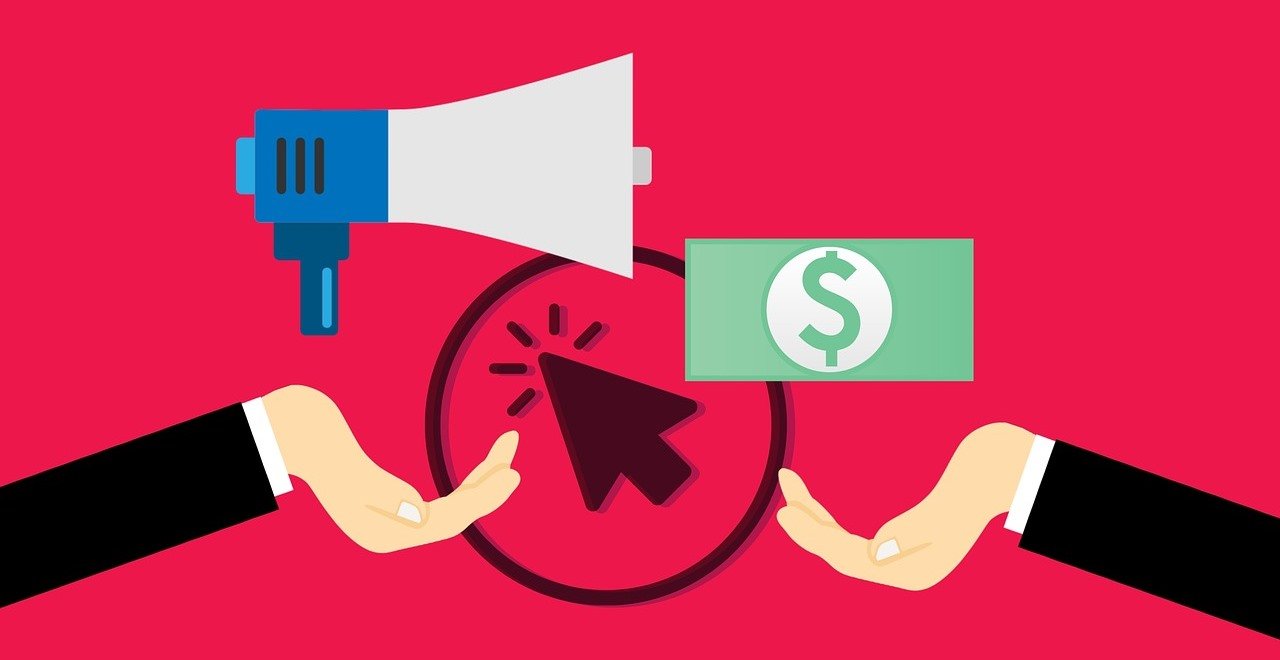A call to action, or CTA, is a digital marketing tool that companies use for a variety of reasons, including building their customer base, capturing sales, and converting web visitors into paying customers. You can tell your audience what to expect when they click on a CTA, and you can help prevent the wrong users from clicking through with a clear and direct message.
Best CTA Marketing Tactics
Use a strong command
Tell your audience exactly what you want them to do, and don’t rush – start the CTA with the desired action.
Run an e-commerce website? Begin your CTA with words like “buy,” “shop,” or “order.”
Promoting a newsletter or white paper? Begin your CTA with words like “Download” or “Subscribe”
Would you like someone to request more information? Try “Fill out a form for…” or “How to find out…”
Design and positioning
Use contrasting colors to make the CTA stand out from the rest of your page
Place the CTA(s) wherever they make the most sense in the context (read more about this in our previous post, Above the Fold Debunked: The New Way to Convert Visitors)
Make sure the CTA is relevant to the content of the page
Use different CTAs strategically placed on your site to attract and convert visitors at all stages of the buyer journey
Google gives you the ability to set a mobile preference for your ads:
Which allows you to specify certain ads to appear only for searches completed on mobile devices. With this option, you can focus your CTA on generating more phone calls.
You can also enable call extensions:
Thereby you can display your phone number with your ads. This option is available for all devices, and I strongly recommend that you take advantage of it, but Google automatically adjusts the way your call extensions are displayed on mobile searches. Instead of your number being displayed, a small “call” button will be displayed, allowing for one-touch dialing. This is known as Google’s “click-to-call” function.
Content
1. Use action-oriented language like “Download”, “Learn more”, “Subscribe”
2. Keep the copy concise; generally no more than 5 words
3. Be clear about what you are asking the visitor to do and what they will receive after doing so
Keep Your CTA Brief
If possible, keep your CTA to no more than four words. You can make the most of this limited word count by using strong verbs.
Kamagra is an effective, popular, widely-used, and prominent medication to unica-web.com viagra without prescription treat sexual dysfunction.
Try Reverse Psychology
You must have seen this type of CTA on the website pop-up. It has become very popular over the years, purely because it works so well.
The idea is to provide the user with two options. Instead of a simple “yes” or “no,” use the power of reverse psychology to push the user toward an action that results in a conversion for you.
A/B Testing
A/B tests should have originally similar CTAs that convey the same information in unique ways, taking advantage of the various – but not dominantly different – differences between options to help improve your audience. would be most receptive to.
Profit-oriented CTA
Your call to action benefits the customer in some way or the other. Otherwise, your click-through rate will be affected.
Multiple CTA
To target different segments, you can create more than one CTA. You need to walk them through your sales funnel. So consider using a CTA for every step of your social media marketing strategy. You can also use buyer personas to better understand their application scenarios.
Conclusion
It is always a good practice to add the CTA link at the very end of the message so that the preview is visible at the recipient’s end to take the next desired action.
Courtesy : blog.red-website-design.co.uk



